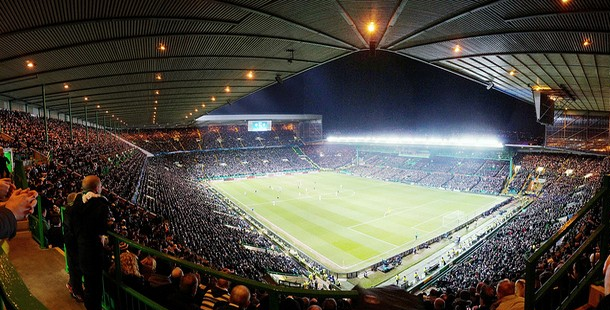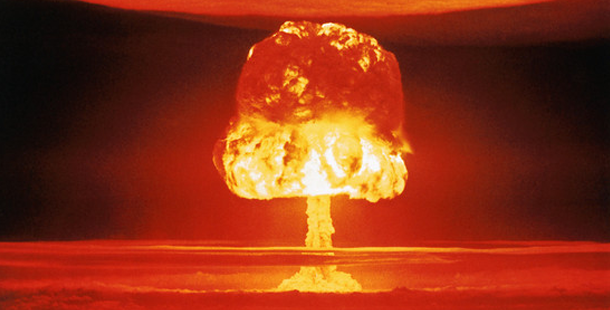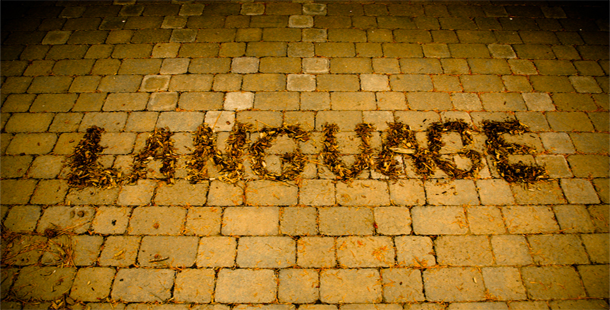


Entertainment
25 Behind The Scenes Secrets Of ‘The Office’
Posted by Josef, Updated on April 20, 2024


Show Us Your Love
Join Over 2 Million+ List25 Fans


Entertainment
25 Most Intimidating Stadiums In The World
Posted by Elaine Dimdam, Updated on April 20, 2024

Entertainment
25 Most Popular Songs For The Millennial Generation
Posted by Elaine Dimdam, Updated on April 20, 2024



People
25 Oldest People To Accomplish Amazing Feats
Posted by List25 Team, Updated on April 20, 2024


Geography
25 Pictures Of The Biggest Swimming Pool In The World
Posted by Josef, Updated on April 20, 2024





